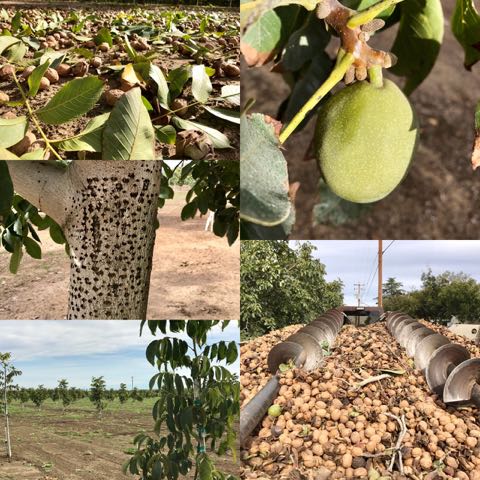Walnut Farming – Walnuts are grown on Walnut Farms, in grocery stores, in little containers just like apples, right?
When I was growing up, a long time ago, my father wanted to buy a farm and become a farmer. A simple dream, never fulfilled due to his passing at a young age. I still have his dream books from the early 60's, about farming and farming science. Dad wanted to do it all, cows, pigs, chickens, and I would have to assume an orchard of some type. Often I think about how things would have been if he did realize his dreams – I would be the son of a farmer and my sons would be future farmers as well. What I was never ever aware of, until my recent farm tour, was how much things have changed since my father's time!
Mid October this year (2016), I was invited to visit the upper Sacramento Valley farm region by the California Farm Water Coalition. A full two-day itinerary, with multiple stops, exploring the vast farm resources the upper Sacramento area has to offer. Our first stop was in Winters, Ca. a short drive just outside of Sacramento, to visit the Walnut Farms of Lester Farms.
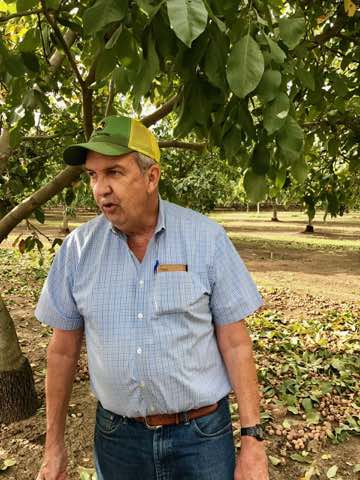
Family owned and operated, owner Stan Lester gave us a first hand look at what Walnut Farming requires.
Passion to Farm
The Lester family has been farming since 1883 in the Santa Clara Valley of California. Now the are located in the Sacramento Valley region of California, a move necessitated by urban growth. Farming is in their blood, it's their life and they love what they do and some years are tougher to love than others. Farmers begat farmers, a tough life of hard work that goes unseen by the end-user, and the new generations are pursuing it less and less. It is a seven-day a week job with only one paycheck per year!
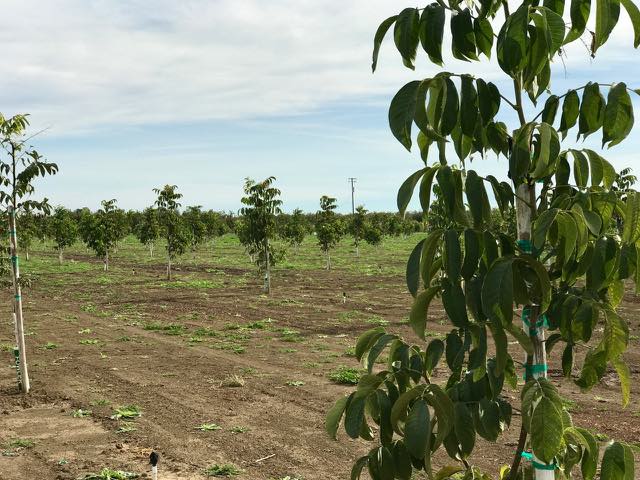
Walnuts are a slow crop to profit from:
- 3 years for a walnut tree to start producing a crop
- 10 years till the farmer can see a cash flow
- 12 -13 years to realize a profit
- Prices change every year
- 2015 resulted in a 50% drop in prices
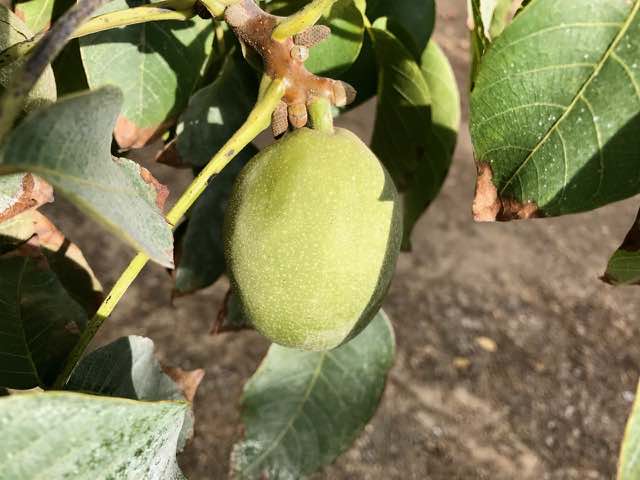
Technology is everywhere on the farm
From testing soil to leaves, fighting pests, determining nutrition needs, weather, water, and machinery, walnut farming relies on technology to deliver walnuts to you.
Walnut farmers are connected to services that tell them when to water, how much to water, pests invasions, GPS and weather services to help them keep the pulse on their farms. Many of these services are pulled up right on their cell phones!
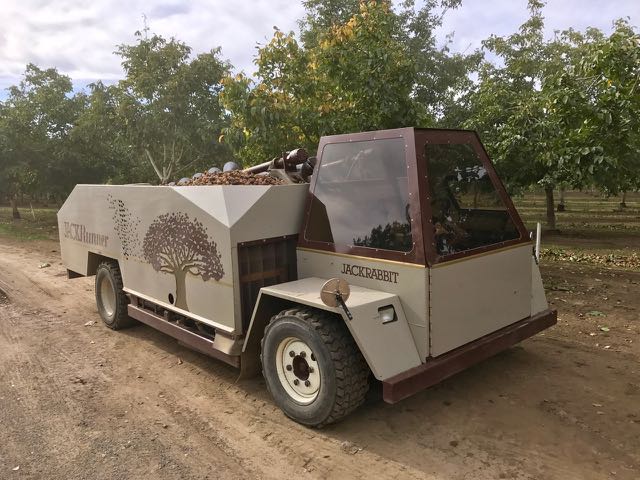
Farming equipment has changed drastically over the years with some pieces costing hundreds of thousands of dollars and they are only used a few weeks of the year. Equipment automation is a key element in successfully harvesting walnuts. GPS field leveler start the process in the beginning making sure the fields are flat before planting, exact spacing of planted trees determined by best planting procedures for the species and area.
Several years later, tree shakers are needed to drop the walnuts to the ground, then they are swept into a row, and gathered into another machine to sort and separate.
Processing requires even more equipment to hull (separate the outer layer from the shell), dry, and then finally process into the form it will be sold in. Nothing goes to waste, hulls are composted back into the soil, and shells are used in bio-mass plants, landscaping and even sandblasting!
Bet you don't think of that when you are adding walnuts to your brownies.
Water is the life of a farm
The days of abundant water are long over for farmers, especially in California. These days water is tightly controlled and used with up to date information on where to water, how much to water and when to water. Nothing goes to waste, restrictions and regulations are tough even when modern irrigation techniques are used. Stan Lester is connected through his iPhone, giving him up to the minute high-tech water graphing on what he needs to know to keep his farm optimized for high yield production. He relies on experts at UC Davis and the California Farm Water Coalition to keep him updated on best farming techniques and water regulations that affect his operation. Nothing is left to chance when you only get one paycheck per year!
I was surprised during my farm tour, at how advanced state of the art farming has become since my father dreamed of having his own farm. If he knew how much rides on the line these days and how technological changes have driven the industry, he may have just taken up golf instead. For me, I'll just take a look at his old farming magazines and have a deeper appreciation on what it takes for a walnut to reach my table.
Full disclosure: This farm tour was part of a media trip provided by the California Farm Water Coalition. All transportation, accommodations, and meals were provided with no stipulation. All comments, opinions and media are my own.

